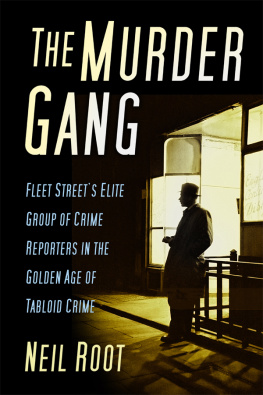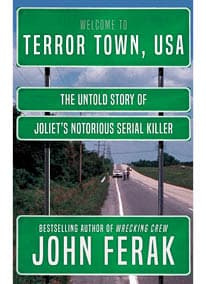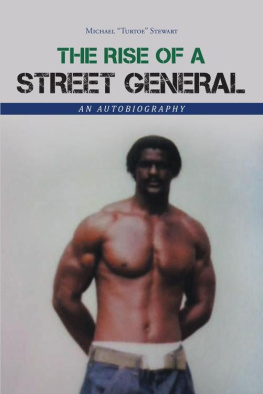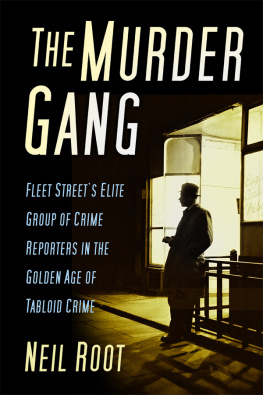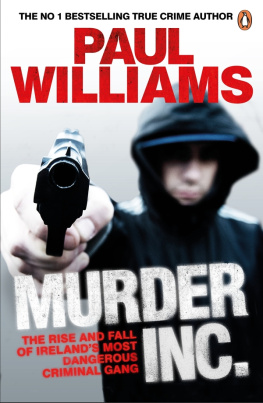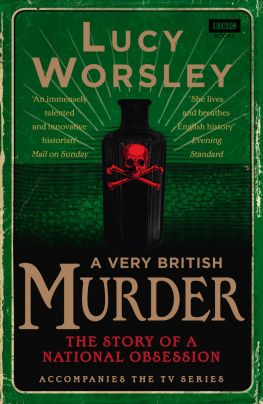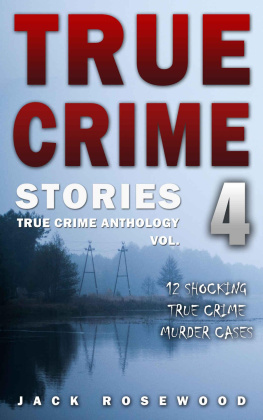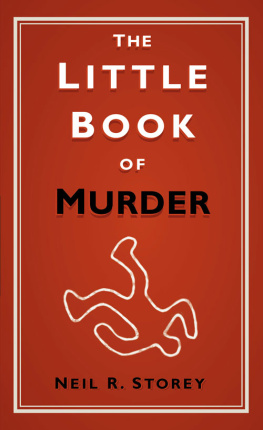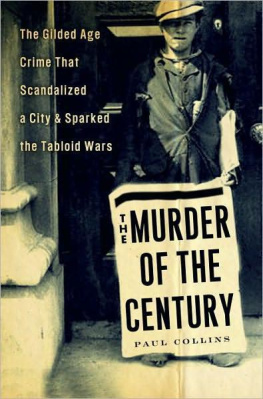Contents
Guide


For Trevor Dolby
That fine fellow
First published 2018
The History Press
The Mill, Brimscombe Port
Stroud, Gloucestershire, GL5 2QG
www.thehistorypress.co.uk
Neil Root, 2018
The right of Neil Root to be identified as the Author of this work has been asserted in accordance with the Copyright, Designs and Patents Act 1988.
All rights reserved. No part of this book may be reprinted or reproduced or utilised in any form or by any electronic, mechanical or other means, now known or hereafter invented, including photocopying and recording, or in any information storage or retrieval system, without the permission in writing from the Publishers.
British Library Cataloguing in Publication Data.
A catalogue record for this book is available from the British Library.
ISBN 978 0 7509 8721 9
Typesetting and origination by The History Press
Printed and bound in Great Britain by TJ International Ltd
eBook converted by Geethik Technologies
CONTENTS
Index
FOREWORD
BY DUNCAN CAMPBELL
They were, as Neil Root so eloquently describes them:
men in overcoats, camel-hair and Crombie, notepads out, in and out of shops, pubs and cafes, pressing for leads, scanning the street, getting a feel, a taste, led by instinct and experience. Its three oclock in the afternoon and the Murder Gang are at the crime scene, response time: less than thirty minutes.
The Murder Gang was the name given to the crime reporters of the national press by Hilde Marchant, herself a brave and distinguished journalist, in an affectionate article she wrote for Picture Post in 1947. That thirty-minute response time was to a murder in central London of someone who would now be called a have-a-go hero: Alec de Antiquis who fatally intervened in a jewellery robbery in Londons West End that year and was shot dead.
This was the heyday of the crime reporter and, indeed, of the tabloid press. By 1956, the News of the World was selling more than 7 million copies every Sunday and its rival, The People, more than 5 million. What did readers want in those days? Not over-egged tittle-tattle about celebrities but tales of crime and, especially, of murder. It was the task of those men and they were almost all men until the 1970s to provide the who, why, where, when and how of every homicide for a fascinated public as enthralled by true crime as by the novels of Agatha Christie and Edgar Wallace.
In his earlier book, Frenzy! Heath, Haigh and Christie: The First Great Tabloid Murders, published in 2011, Neil Root examined the ways in which the press dealt with three of Britains most notorious killers: Neville Heath, who sadistically murdered women; John George Haigh, who famously dissolved his victims in an acid bath; and John Christie of 10 Rillington Place who let another man hang for his murders before being caught himself. He also explored the sometimes symbiotic relationship between the crime reporter and the criminal.
While we may feel we know much about murderers and rather less about their victims, what about the people who described them and brought them to life? Root has now focussed on the time and the place where the crime reporter was in his pomp and those characters whose lives revolved around Scotland Yards press room and Fleet Streets pubs, rural murder scenes and smoky newsrooms and the narrow press benches of the Old Bailey and Bow Street magistrates court. It was a busy, exciting life if it often tended to be a short one: chain-smoking and beer-drinking were as much a part of the job as shorthand-writing and cultivating talkative mates in the Flying Squad.
There was no shortage of characters: Percy Hoskins of the Daily Express, who had a grace and favour house in Park Lane, courtesy of his admiring proprietor, Lord Beaverbook; Norman Jock Rae of the News of the World who helped to unmask the murderer, Dr Buck Ruxton in the 1930s; Duncan Webb of The People, who exposed the Messina brothers and their Soho prostitution network; Tom Tullett of the Daily Mirror to whom a murderer confessed, even producing for inspection a gruesome parcel of body parts of one of his victims.
They were writing at a time when a murder could still be followed by a hanging, despite a growing public unease about capital punishment. It was the Daily Mirror commentator, Cassandra, writing in July 1955, who expressed that disquiet in a column about the execution of Ruth Ellis for shooting her lover in Hampstead: Its a fine day for haymaking, he wrote. A fine day for fishing. A fine day for lolling in the sunshine. And if you feel that way and I mourn to say that millions of you do its a fine day for a hanging.
But once the death penalty was abolished in 1969, as the journalist Victor Davis noted in appropriately colourful prose:
much of the buzz went out of crime reporting. The Swinging Sixties swung a little less. No more judges black cap, no more execution date planted squarely on the home secretarys desk as a reminder that there is a yes-or-no decision to take, no more Albert Pierrepoint and Harry Allen, the deadly duo, overnighting with the prison governor while they tested the trap, rigged the rope and ate a dinner always described as hearty just like the condemned mans breakfast.
There were certainly a few more good days for hangings to come after Ruth Ellis was executed and the Murder Gang made sure that their readers were informed about every detail of the killings, the investigations, the perpetrators and the trials. Those days are gone now. Newspapers with declining circulations can no longer afford to cover murder cases in great detail and, in the wake of the scandals of phone-hacking and paying for tip-offs that led to the Leveson inquiry and the closure of the News of the World, relations between police and crime reporters are no longer so chummy. In the meantime, in all their rumpled glory the Gangs all here.
DUNCAN CAMPBELL is the author of Well All Be Murdered in Our Beds! The Shocking History of Crime Reporting in Britain and a former Chairman of the Crime Reporters Association.
INTRODUCTION
This book documents the incredible activities of the Murder Gang the elite group of renegade Fleet Street crime reporters who covered the most famous British murders between the mid-1930s and the mid-1960s, a period in which crime, especially murder, saturated the front and inside pages of the tabloid newspapers as never before or since.
The nefarious collusion of police and newspapers as witnessed over the last few years with phone hacking and bribery has given the impression that we live in a world where corruption is endemic in both the Fourth Estate and almost every part of the establishment. The impression is that we live in an age of moral turpitude to outstrip anything in our murky history. Delve just fifty years into the past and that impression will be thoroughly disabused. Indeed, the arrogance and greed of the newspapers, along with the establishment that in part nourishes and in part ignores them as they go on their merry money-making way, has its origins in an extraordinary period of British crime journalism where anything went so long as the story landed on the front page and papers were sold.

